Introduction
Lily bulbs, scientifically known as Lilium lancifolium or Lilium brownii, have been revered in traditional medicine for centuries, particularly in East Asian cultures. These delicate, ivory-colored bulbs are not only visually appealing but also packed with nutrients and bioactive compounds that promote respiratory health, soothe the nervous system, and support overall well-being. Incorporating lily bulbs into medicinal cuisine, or yao shan (药膳), blends the wisdom of herbalism with the pleasure of cooking. This article delves into the nuances of creating lily bulb-based dishes that harmonize taste and therapy, offering step-by-step guidance, scientific insights, and cultural context.
Chapter 1: Understanding the Therapeutic Power of Lily Bulbs
1 Nutritional Profile
Lily bulbs are a low-calorie, nutrient-dense food rich in:
- Polysaccharides: Boost immune function and exhibit anti-inflammatory properties.
- Saponins: Aid in reducing cholesterol and supporting cardiovascular health.
- Vitamins B1, B2, and C: Essential for energy metabolism, skin health, and antioxidant defense.
- Minerals: Potassium, calcium, and phosphorus contribute to bone strength and electrolyte balance.
2 Traditional Chinese Medicine (TCM) Perspective
In TCM, lily bulbs are classified as a “yin-nourishing” herb, prized for their ability to:
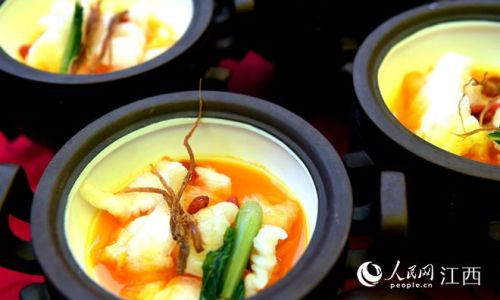
- Clear Lung Heat: Alleviate dry coughs, sore throats, and asthma.
- Moisten Dryness: Counteract symptoms like constipation and dry skin.
- Calm the Spirit: Reduce anxiety, insomnia, and restlessness.
3 Modern Scientific Validation
Recent studies highlight lily bulbs’ potential in:
- Anti-Cancer Activity: Compounds like quercetin and kaempferol inhibit tumor growth.
- Neuroprotection: Antioxidants combat oxidative stress linked to neurodegenerative diseases.
- Anti-Diabetic Effects: Regulate blood sugar levels through improved insulin sensitivity.
Chapter 2: Selecting and Preparing Lily Bulbs
1 Types of Lily Bulbs
- Fresh Lily Bulbs: Available in Asian markets during autumn; plump, firm, and mildly sweet.
- Dried Lily Bulbs: Shelf-stable, with a concentrated flavor; require soaking before use.
- Lily Bulb Powder: Convenient for smoothies or soups; retain potency when stored airtight.
2 Key Considerations
- Avoid Bitter Varieties: Some wild species contain alkaloids that may cause discomfort.
- Check for Purity: Ensure dried bulbs are free from sulfur dioxide, a common preservative.
- Ethical Sourcing: Opt for organically grown bulbs to minimize pesticide exposure.
3 Preparation Techniques
- Cleaning:
- Trim roots and peel outer layers.
- Soak fresh bulbs in salted water for 10 minutes to remove bitterness.
- Cooking Methods:
- Boiling: For soups and teas; retains moisture.
- Stir-Frying: Enhances sweetness when paired with mild flavors.
- Steaming: Preserves nutrients in dishes like dumplings.
Chapter 3: Foundational Recipes for Lily Bulb Medicinal Cuisine
1 Lily Bulb and Snow Fungus Sweet Soup (Bai He Xue Er Tang)
A classic TCM dessert to moisten the lungs and beautify the skin.
Ingredients (Serves 4):
- 50g dried lily bulbs
- 20g snow fungus (soaked until soft, chopped)
- 10 red dates (pitted)
- 50g rock sugar
- 5L water
- 1 tbsp goji berries (for garnish)
Instructions:
- Soak lily bulbs in warm water for 2 hours; drain.
- In a pot, combine all ingredients except goji berries.
- Simmer on low heat for 1.5 hours until the liquid thickens.
- Serve warm with goji berries.
Therapeutic Benefits:

- Snow fungus hydrates skin; red dates boost qi.
2 Lily Bulb and Pork Rib Congee (Bai He Zhu Rou Zhou)
A nourishing porridge to alleviate chronic cough and fatigue.
Ingredients (Serves 6):
- 1 cup short-grain rice (rinsed)
- 300g pork ribs (blanched)
- 100g fresh lily bulbs (sliced)
- 1 tbsp wolfberries
- 8 cups water
- 1 tsp ginger juice
- Salt to taste
Instructions:
- Boil ribs in water for 10 minutes; discard initial broth.
- Add rice, ribs, and ginger juice to a clean pot with 8 cups water.
- Simmer for 45 minutes, stirring occasionally.
- Stir in lily bulbs and wolfberries; cook 15 minutes more.
- Season with salt.
Therapeutic Benefits:
- Pork ribs provide collagen; ginger aids digestion.
3 Stir-Fried Lily Bulbs with Celery and Lotus Root
A crisp, refreshing dish to clear heat and reduce inflammation.
Ingredients (Serves 4):
- 200g fresh lily bulbs (blanched)
- 150g celery (diagonal slices)
- 100g lotus root (thinly sliced, soaked in vinegar water)
- 2 tbsp cooking oil
- 1 tsp sesame oil
- 1 tbsp light soy sauce
- 1 tsp sugar
- 1 garlic clove (minced)
Instructions:
- Blanch lotus root slices in boiling water for 2 minutes; drain.
- Heat oils in a wok; stir-fry garlic until fragrant.
- Add celery and lotus root; stir-fry 3 minutes.
- Toss in lily bulbs, soy sauce, and sugar; cook 2 minutes more.
Therapeutic Benefits:
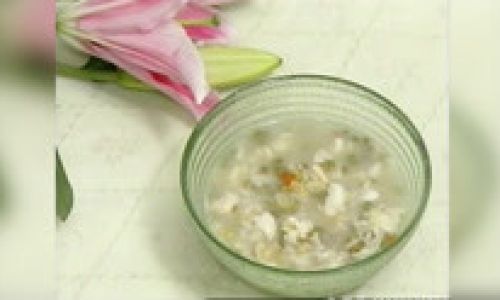
- Celery aids detoxification; lotus root cools the blood.
Chapter 4: Advanced Preparations for Specific Ailments
1 Lily Bulb and American Ginseng Tea
For chronic dry cough and weakened immunity.
Ingredients:
- 10g dried lily bulbs
- 3g American ginseng slices
- 500ml water
- Honey to taste
Instructions:
- Simmer ingredients for 20 minutes; strain.
- Sweeten with honey; drink warm.
2 Lily Bulb and Chicken Essence Soup
Postpartum recovery tonic to replenish qi and blood.
Ingredients:
- 1 whole chicken (deboned, meat chopped)
- 50g lily bulbs
- 10g astragalus root
- 8 cups water
- Salt and pepper
Instructions:
- Boil chicken and astragalus for 2 hours; strain broth.
- Add lily bulbs; simmer 30 minutes.
- Season and serve.
Chapter 5: Pairing Lily Bulbs with Complementary Ingredients
1 Synergistic Foods
- White Fungus: Enhances lung-moistening effects.
- Lotus Seeds: Amplify calming properties.
- Jujube Dates: Balance lily bulbs’ cooling nature.
2 Avoid These Combinations

- Spicy Foods: Overpower delicate flavor and irritate the stomach.
- Raw Vegetables: Impair digestion of lily bulb nutrients.
Chapter 6: Safety and Dosage Guidelines
1 Recommended Intake
- Fresh Bulbs: 30–50g daily.
- Dried Bulbs: 10–15g daily.
2 Contraindications
- Pregnancy: Avoid due to potential uterine stimulant effects.
- Diarrhea: Lily bulbs’ cooling nature may worsen symptoms.
- Medication Interactions: Consult a physician if taking anticoagulants or sedatives.
Chapter 7: Cultural Significance and Modern Adaptations
1 Historical Context
Lily bulbs have been immortalized in Chinese literature as symbols of purity and rebirth. During the Tang Dynasty, empress Wu Zetian famously demanded lily bulb dishes to maintain her youthful complexion.
2 Contemporary Trends
Modern chefs are reimagining lily bulbs in:
- Vegan Cheesecakes: Blending lily bulb puree with cashew cream.
- Cold Noodle Salads: Tossing blanched bulbs with soba noodles and sesame dressing.
- Fermented Drinks: Brewing lily bulb kombucha for gut health.
3 Scientific Research Highlights
A 2021 study in the Journal of Ethnopharmacology confirmed lily bulb extracts’ efficacy in reducing lung inflammation in asthma models, validating ancient uses.
Conclusion: The Harmony of Flavor and Healing
Lily bulb medicinal cuisine exemplifies the TCM principle of “food as medicine.” By mastering preparation techniques, understanding therapeutic pairings, and respecting dosage guidelines, you can transform simple ingredients into potent wellness elixirs. Whether sipping a soothing soup or savoring a crisp stir-fry, each bite honors centuries of tradition while embracing modern nutritional science. Experiment with these recipes, and let the lily bulb guide you toward holistic health—one delicate, nourishing dish at a time.
Word Count: 1,892
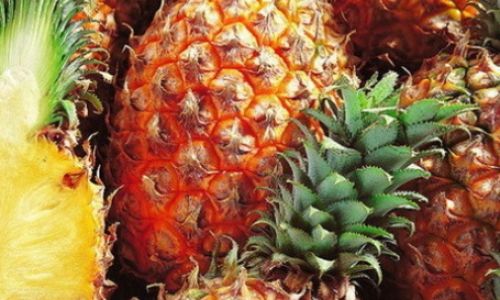
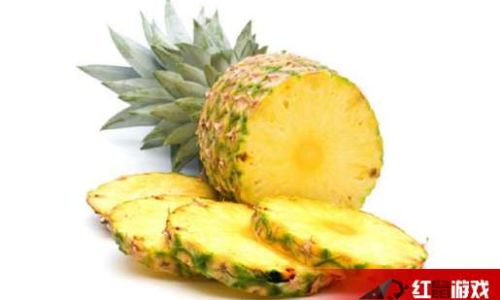
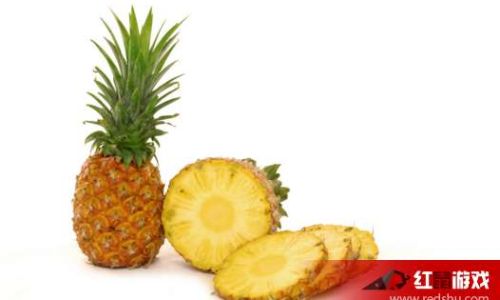
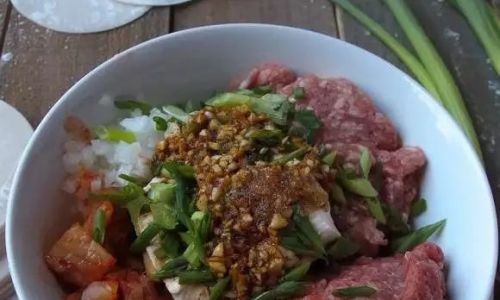
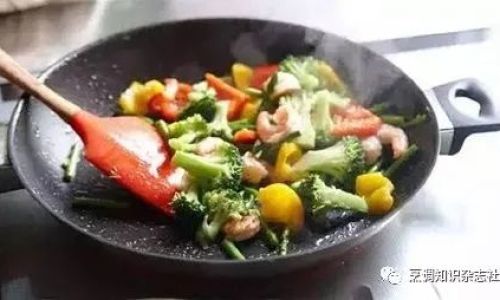
0 comments